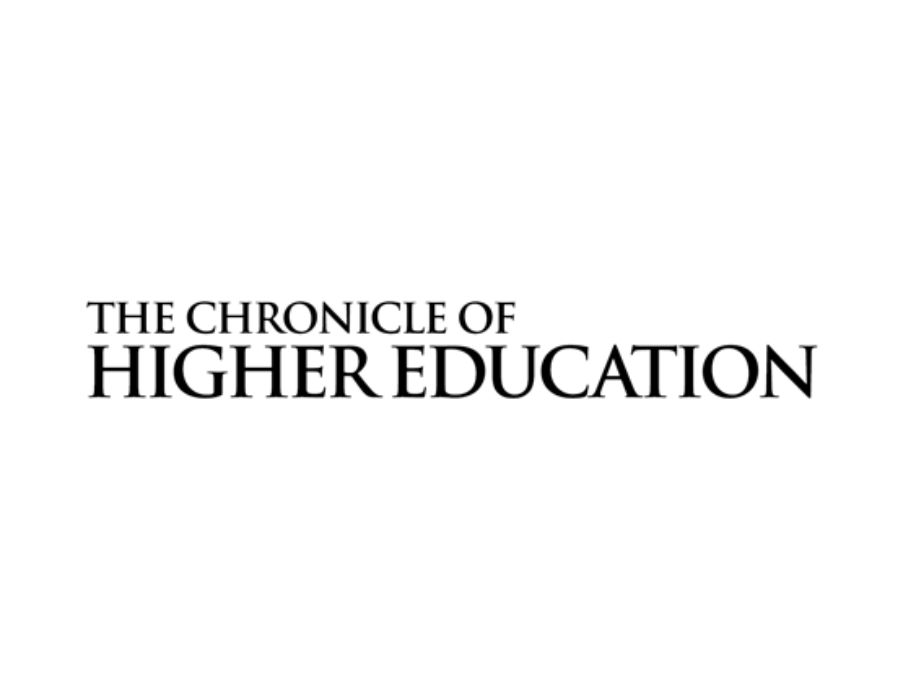In the Media
Using Text-Message Reminders to Boost Student Persistence
June 13, 2014
By Beckie Supiano

A recent paper found that more than 18 percent of students who received a Pell Grant in their freshman year and earned at least a 3.0 GPA—a group that would seem to have every reason to reapply for aid—failed to do so. Close to half of the members of that group did not return to college for their sophomore year. Even those who did return had lower persistence rates later on than students who had reapplied for aid.
That raised a question: Would encouraging students to reapply for aid increase their persistence?
To find out, Ben Castleman, one of the paper’s authors, and Lindsay C. Page designed and tested a series of text-message reminders. Their results are out in a new working paper, “Freshman-Year Financial-Aid Nudges: An Experiment to Increase FAFSA Renewal and College Persistence.”
Mr. Castleman, an assistant professor of education and public policy at the University of Virginia, and Ms. Page, an assistant professor of education at the University of Pittsburgh, previously used text messages to combat summer melt.
This time, they designed a series of messages about financial aid; refiling the Free Application for Federal Student Aid, known as the Fafsa; and related topics, like maintaining satisfactory academic progress, a precondition of receiving aid. The messages were designed to both connect students with advising and remind them about deadlines and requirements.
The messages were sent by uAspire, a college-access organization, to freshmen it had helped when they were still in high school. The students had previously received text messages or peer mentoring as part of an earlier experiment conducted by the scholars. These are students “you could think of as primed for outreach,” Mr. Castleman said. There could be opportunities for a host of organizations—other access groups, high schools, colleges, or the U.S. Department of Education—to send text reminders to students they already have interactions with, the researchers said. And doing so is inexpensive. Sending the messages cost just $5 per student.
Some 800 students were randomly assigned to the treatment or control group. The researchers were not able to see whether students actually reapplied for aid, but they could test the effects of the messages on whether students were still enrolled in college as sophomores.
The messages made a difference for community-college students. Sixty-four percent of such students in the control group persisted to their second year. For those who got the messages, the rate was 12 percentage points higher: 76 percent.
That was not the case when it came to students at four-year colleges. Eighty-seven percent of four-year students in the control group persisted, and there was no significant difference for those who got the messages.
It’s possible that students at four-year colleges were already getting the message that they needed to reapply for aid through other channels, Mr. Castleman said. After all, four-year colleges tend to have more resources and to offer more advising support than two-year colleges do.
According to anecdotal conversations with admissions and financial-aid professionals, many of the ways colleges do remind students to refile the Fafsa are “passive,” like putting up posters on the campus, Ms. Page said. Naturally, students at a residential college, who spend more time on the campus, might be easier to reach that way.
Even though the messages didn’t raise persistence among four-year students in the experiment, the researchers think they might be effective for a broader population of students. That’s because Massachusetts, where uAspire is based and where most of the students attended college, has higher graduation rates than the country does over all. The messages might do more where persistence is lower.
The researchers aim to find out. They plan to do a version of their experiment testing messages sent by colleges to a larger and more representative group of students in collaboration with Sara Goldrick-Rab, founding director of the Wisconsin HOPE Lab.